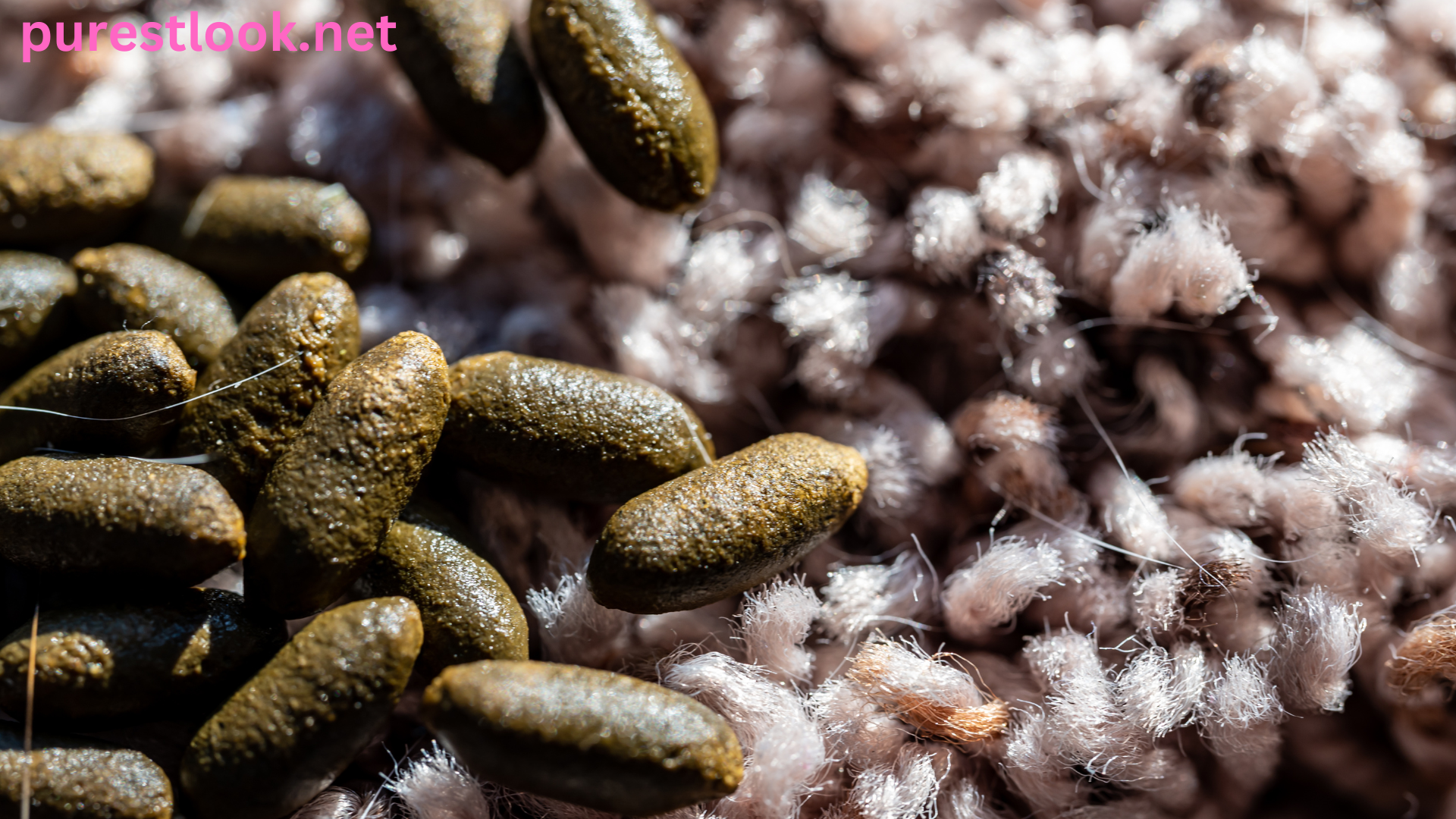.
What Does Raccoon Poop Look Like?
Raccoon poop, also known as scat, is typically cylindrical with a blunt or tapered end. Its size can vary between 2 to 3 inches in length and about 0.5 inches in diameter. The color is usually dark brown or black, depending on the raccoon’s diet.
Characteristics of Raccoon Poop
- Shape: Cylindrical and segmented
- Size: About 2–3 inches long and 0.5 inches wide
- Color: Dark brown to black
- Texture: Often contains undigested food like seeds or berries
Why Should You Identify Raccoon Poop?
Understanding the appearance of raccoon droppings is crucial for:
- Health safety: It can carry harmful parasites like raccoon roundworm.
- Pest control: Identifying their presence helps in controlling infestations.
- Environmental awareness: Knowing wildlife activity around your property.
Comparing Raccoon Poop with Other Animal Droppings
| Animal | Size | Color | Unique Features |
|---|---|---|---|
| Raccoon | 2–3 inches, 0.5 wide | Dark brown/black | Contains seeds or berries |
| Dog | Varies | Brown | Often more uniform in texture |
| Cat | 1–2 inches, thinner | Dark brown | Covered in litter if outdoors |
| Opossum | Similar to raccoon | Black | May contain insect parts |
How to Safely Handle and Clean Raccoon Poop
- Wear gloves: Use disposable gloves to avoid direct contact.
- Use a mask: Protect yourself from inhaling harmful spores.
- Dispose properly: Place the droppings in a sealed plastic bag.
- Sanitize: Clean the area with a bleach solution (1 part bleach to 10 parts water).
- Wash hands: Thoroughly wash your hands after handling.
Raccoon Poop and Health Risks
- Roundworm (Baylisascaris): A dangerous parasite commonly found in raccoon feces.
- Leptospirosis: A bacterial infection that can spread through contaminated water.
- Salmonella: Can spread through contact with droppings.
Signs of Raccoons in Your Area
- Tracks with five toes and claw marks.
- Tipped-over garbage cans.
- Scratches on trees or fences.
- Raccoon latrines, often found in specific spots like tree bases or roof corners.
Precautions to Prevent Raccoon Infestation
- Seal trash cans with tight lids.
- Remove pet food and water bowls overnight.
- Block potential entry points like holes in fences or roofs.
Conclusion
Identifying raccoon poop is essential for ensuring safety and preventing health risks. By learning to recognize their droppings, you can take appropriate precautions to protect yourself, your family, and your property. With proper handling and preventive measures, you can minimize the impact of raccoons in your area.
FAQs
What does raccoon poop look like compared to dog poop?
Raccoon poop is smaller and contains visible seeds or berries, while dog poop is more uniform and lacks visible food remnants.
Can raccoon poop make you sick?
Yes, raccoon feces can carry harmful parasites like roundworm and bacteria such as Salmonella, posing health risks.
Where do raccoons usually poop?
Raccoons often create latrines in specific spots, such as tree bases, roofs, or near garbage cans.
How do you clean raccoon poop safely?
Use gloves, a mask, and a bleach solution for cleanup. Always dispose of the droppings in sealed plastic bags.
What attracts raccoons to a yard?
Raccoons are attracted to food sources like trash, pet food, bird feeders, and open compost piles.
